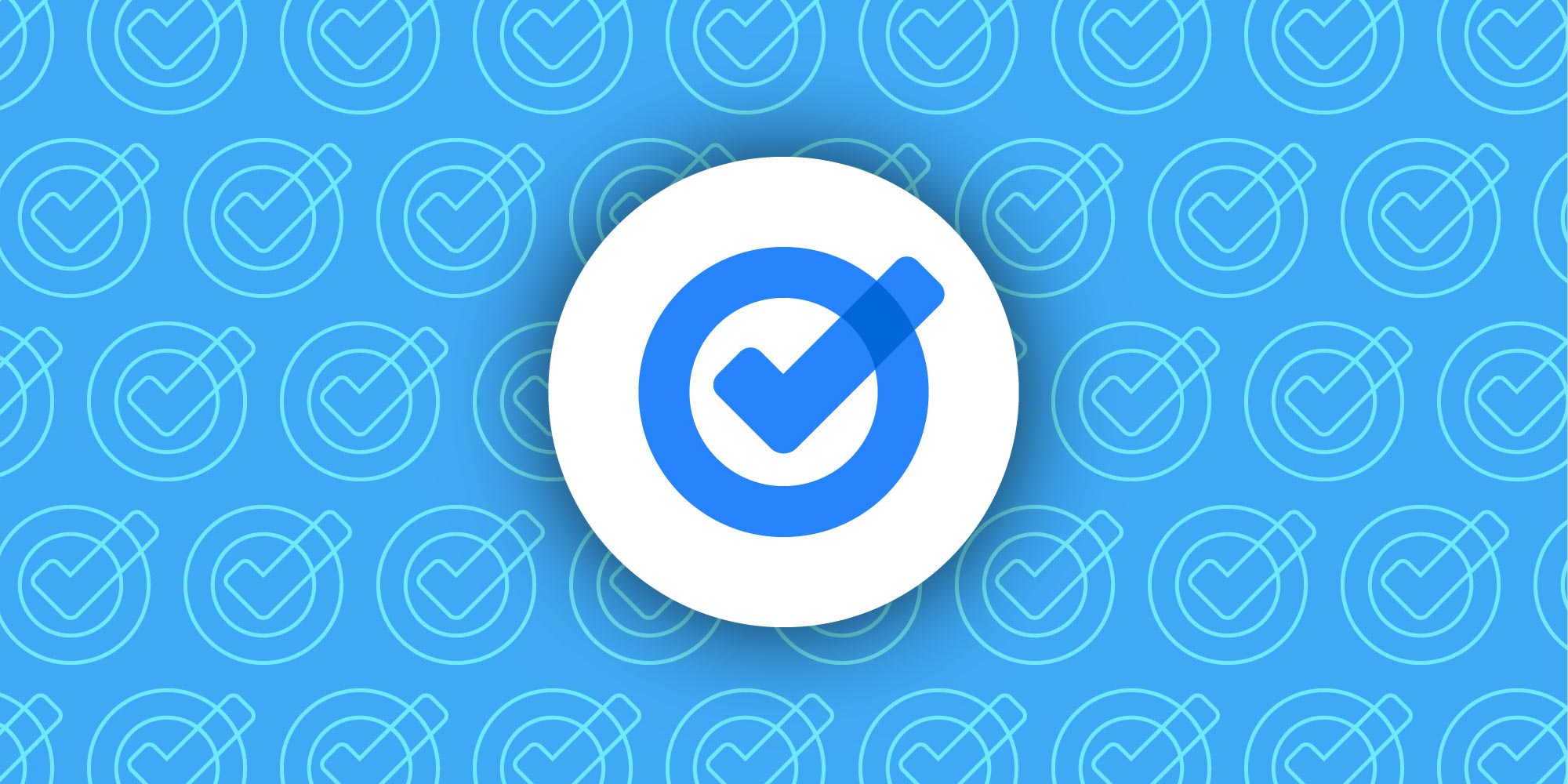
Google Tasks: A Comprehensive Overview of Its Standalone Website and Web Interface
Introduction
Google Tasks, a versatile task management service, has recently launched a dedicated website, enhancing its accessibility and simplifying its user experience. This article explores the features, benefits, and implications of this standalone website, providing a comprehensive overview of its integration with Google’s productivity suite.
Evolution of Google Tasks
Prior to the standalone website, users could access Tasks through Google Calendar’s interface or via a direct web address. Additionally, it was available as a side-panel option within other Workspace applications such as Gmail, Drive, and Docs.
Standalone Google Tasks Website
Launched in early 2023, the standalone Google Tasks website (Tasks.google.com) offers a streamlined and dedicated platform for managing tasks. It seamlessly integrates with the mobile apps, providing a consistent experience across devices.
Key Features:
1. Side-by-Side Card Interface:
Tasks are organized into side-by-side cards, which can be rearranged to suit the user’s preference. This intuitive layout provides a clear overview of tasks and allows for easy prioritization and organization.
2. Navigation Drawer:
A customizable navigation drawer on the left-hand side of the interface provides quick access to "All Tasks" and "Starred" tasks. Users can also hide individual lists and create new ones, which are automatically synchronized with the mobile applications.
3. Dark Theme:
The standalone Google Tasks website adapts to the user’s system dark theme, providing a comfortable and visually appealing experience in low-light conditions.
Integration with Google Productivity Suite
1. Workspace Sidebar:
Google Tasks remains accessible as a sidebar option within Gmail, Drive, Docs, and other Workspace applications. This integration allows users to quickly create and manage tasks without having to switch between applications.
2. Google Calendar:
The website has a direct link to Google Calendar, enabling users to view tasks in a calendar format and synchronize them with appointments and events.
Implications for Users
TheStandalone Google Tasks website offers several advantages for users:
1. Dedicated Platform:
The standalone website provides a dedicated platform for task management, making it more convenient and efficient for users who heavily rely on Tasks.
2. Enhanced User Interface:
The side-by-side card interface and customizable navigation drawer significantly improve the user experience by simplifying task organization and navigation.
3. Seamless Integration:
The website seamlessly integrates with the mobile apps and Google Calendar, enabling users to manage tasks across devices and within a unified productivity ecosystem.
Conclusion
The standalone Google Tasks website is a significant enhancement to the service, providing a dedicated platform with an intuitive user interface and seamless integration with the Google productivity suite. Users can now manage their tasks more efficiently, regardless of their preferred device or workflow. As Google continues to evolve its task management offerings, the standalone website is expected to play a central role in streamlining productivity and enhancing user experience.
